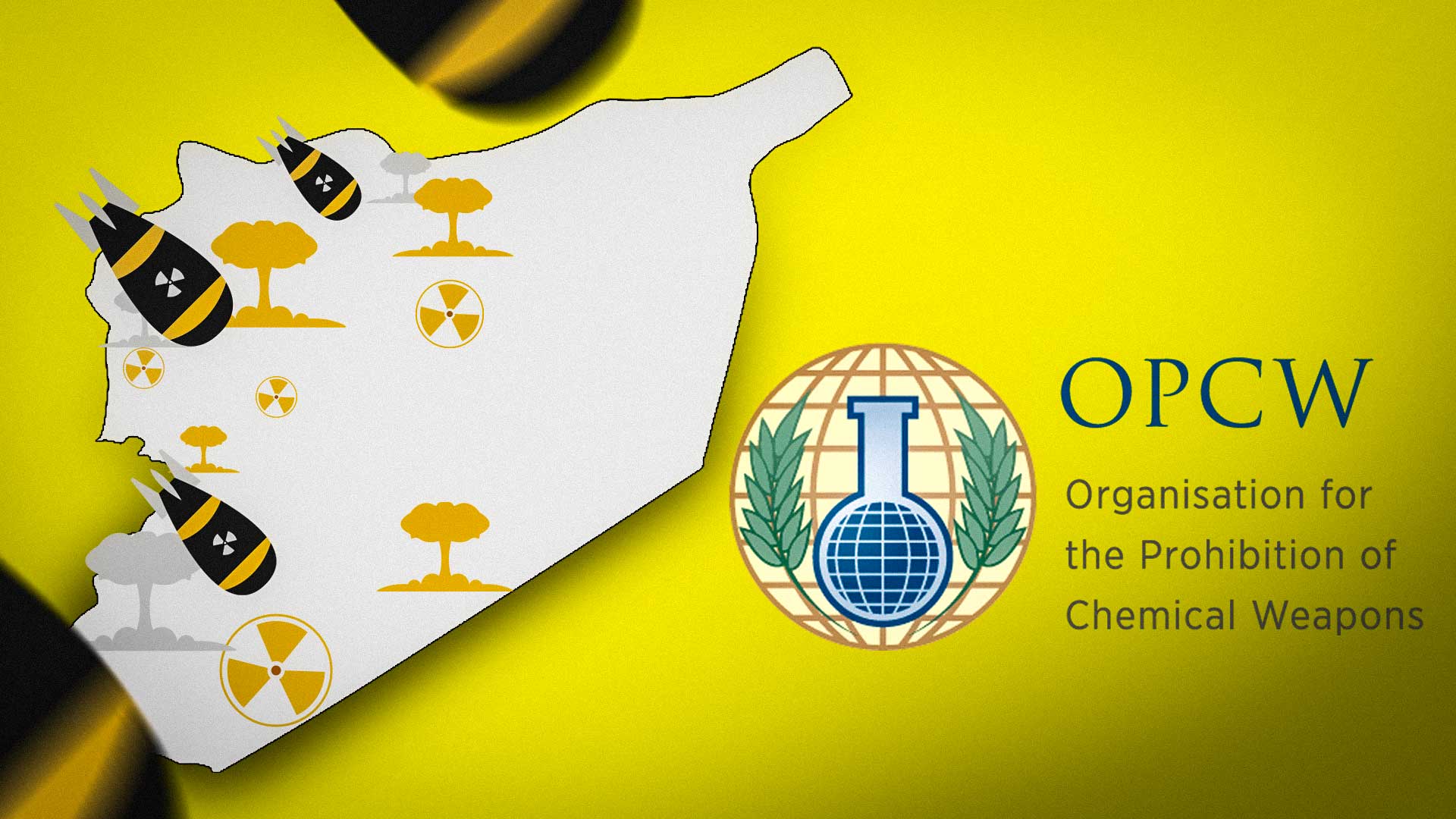OPCW report reveals Over 100 Chemical Weapons Sites in Post-Assad Syria
This growing body of evidence strongly indicates that Syria’s chemical weapons infrastructure was far more expansive than previously acknowledged.

By Ahora Qadi
ERBIL (Kurdistan 24) – A groundbreaking estimate from the Organization for the Prohibition of Chemical Weapons (OPCW) suggests that more than 100 suspected chemical weapons sites may still be present across Syria.
According to The New York Times, the estimate marks the first of its kind and reflects the OPCW’s ongoing efforts to gain access to Syria in order to assess the remnants of one of the region’s most notorious military programs.
Shadow of Assad's Chemical Legacy
The suspected sites, reportedly used for research, production, and storage of chemical weapons, are believed to have survived the fall of former Syrian President Bashar al-Assad. During the height of the civil war, Assad’s forces were repeatedly accused of deploying sarin gas, chlorine, and other chemical agents against opposition forces and civilian populations—incidents widely condemned as violations of international law.
The OPCW’s findings are based on a combination of intelligence-sharing among member states, input from independent researchers, and data gathered by non-governmental organizations. This growing body of evidence strongly indicates that Syria’s chemical weapons infrastructure was far more expansive than previously acknowledged.
Concealed Stockpiles and Elusive Sites
Experts familiar with the investigation warn that many of the remaining sites may be hidden in mountainous terrain, caves, or areas obscured from satellite surveillance, complicating efforts to verify their existence or ensure the safe disposal of lingering stockpiles. This raises renewed fears that chemical agents may remain unsecured and vulnerable to misuse.
Sarin, a lethal nerve agent capable of killing within minutes, was notoriously used in Syria’s 2013 Ghouta attack that killed hundreds and drew global outrage. Chlorine and mustard gas—first infamously deployed during World War I—cause severe respiratory damage, skin burns, and eye injuries.
International Scrutiny and Incomplete Cooperation
In the aftermath of the 2013 sarin attack, Syria formally acceded to the OPCW under a U.S.-Russia-brokered agreement, committing to dismantle its chemical weapons program. At the time, Damascus declared 27 sites, which were subsequently inspected and sealed by international monitors.
However, continued chemical attacks—most recently documented as late as 2018—raised doubts over the regime's transparency. Further research revealed that the Syrian government under Assad continued to import precursor chemicals, fueling suspicions that undeclared stockpiles and infrastructure persisted.
Efforts to secure full Syrian cooperation have been consistently hindered. OPCW inspectors faced obstruction and misinformation, while the true scale of Syria’s chemical weapons program remained shrouded in secrecy.
New Government Signals Shift—but Skepticism Remains
In a surprise diplomatic gesture, Syria’s new foreign minister visited OPCW headquarters in The Hague earlier this month, declaring the current government’s commitment to international law and pledging to eliminate any remaining vestiges of Assad-era chemical weapon programs.
Last month, Damascus granted an OPCW team initial access to begin documenting suspected sites—an indication of tentative progress. Yet, the Syrian government has yet to appoint an official envoy to the OPCW, a diplomatic omission widely interpreted as a lack of full commitment.
